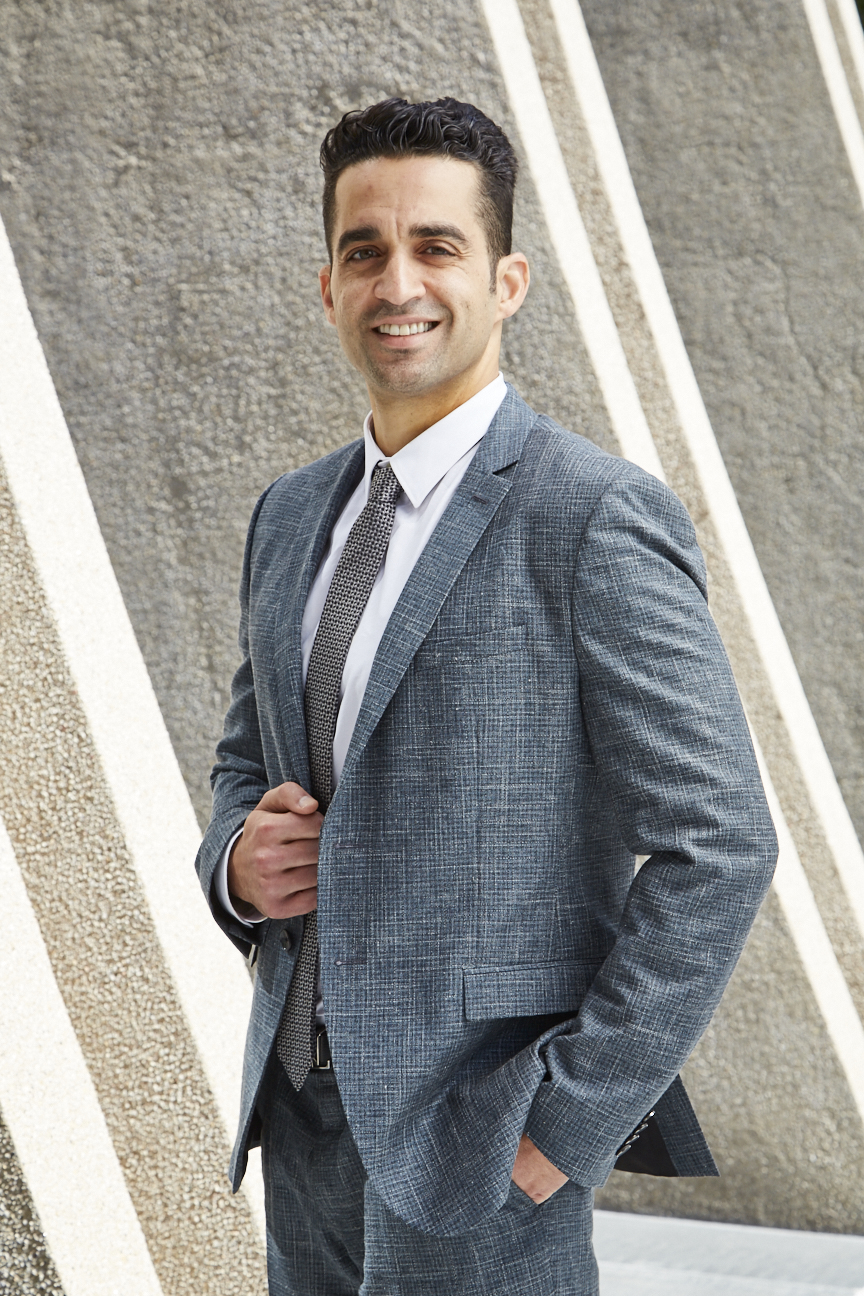[ad_1]
Being involved in an accident is a highly stressful moment that can paralyze anyone. In many of these cases, speeding is the cause of the incident. When this happens, proving that the other driver was driving at a dangerous speed is crucial to establish their liability in the traffic accident.
This guide will tell you everything you need to know about collecting evidence, what is necessary, and what strategies you should follow with your legal team to achieve a favorable outcome in your personal injury claim.
Evidence at the Accident Scene:
Immediately after the accident and ensuring you are not seriously injured, gather all possible evidence, such as photos, videos, and contact information from eyewitnesses. Also, make sure to obtain the details of the other vehicle involved.
Scene Analysis:
It is necessary to check the speed limit signs on the road where the incident occurred to determine the legal maximum speed and thus establish if it was being exceeded. Also, consider road conditions, such as sharp curves, warning signs, and construction zones, as these factors influence the speed that should be respected.
Police Information:
The police report of the incident includes details about the speed of the vehicles involved. Additionally, if the other driver received a speeding citation at the incident scene, it can be valuable evidence for your case.
Expert Analysis and Reconstruction:
Forensic experts specialize in reconstructing traffic accidents based on vehicle deformation and the crime scene to determine the impact speed. Furthermore, if the other vehicle has electronic records, this can provide accurate information about the speed.
Proving unequivocally that the other driver was driving faster than allowed is a complex but not impossible process, allowing you to establish liability for the accident. An experienced legal team can help you gather evidence, understand it, and increase your chances of achieving a favorable outcome.
[ad_2]




